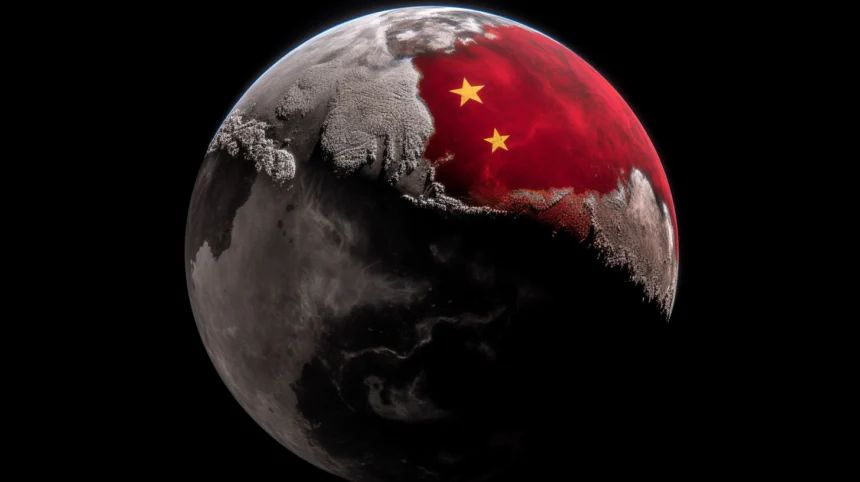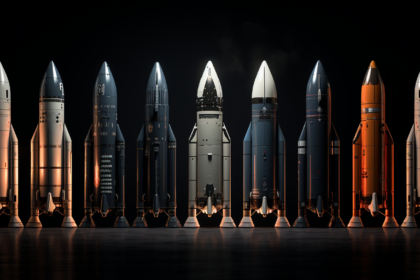The country plans to launch astronauts lunar-side before 2030.
Space might be the final frontier, but it’s getting mighty crowded! To paraphrase, JFK once stated that we choose to go to the Moon in this decade and do the other things (sic), not because they are easy, but because they are hard; because that goal will serve to organize and measure the best of our energies and skills. Well, buckle up, because we’re going back to the moon. More specifically, China’s space plans are now defined and set in motion, and the country’s sights are set firmly on the moon’s south pole.
It seems its leaders are convinced their lunar ambition with service to display the best of China’s energies and skills… well, you see where we’re going with this.
China’s space plans: one (more) bold step
As reported by Sharmila Kuthunur at Space.com, China is eyeing up the exact same landing sites on the lunar south pole as America, vying to dominate the next era of extraterrestrial expansion; it’s an ambition set to be complemented by a fourth module expansion of its Tiangong space station. As Lin Xiquang, the deputy director of China’s human spaceflight agency states, its plans for landing on the moon include a “short stay on the surface and human-robotic joint exploration.”
“Our country’s consistent stance is that as long as the goal is to utilise space for peaceful purposes. we are willing to cooperate and communicate with any country or aerospace organisation.”
– Li Yingliang
The next step? Hopefully, lunar settlement; the moon’s southern side hosts water and other natural resources vital for survival and continued exploration. You might imagine that this news signifies a space race reminiscent of America and Russia in the 1950s-70s, but that’s not necessarily the case – China might be funnelling astonishing amounts into their space program, but officials have stated the country’s willingness to join forces with international partners. Whether such ambitions serve to help or hinder UK and US space plans, however, remains to be seen.
What comes next
Of course, roadblocks aren’t just erected in the East; America’s Wolf amendment is an overtly restrictive legislation, passed by Congress in 2011, that bars NASA from, “using funds from the federal budget to engage in direct cooperation with the Chinese government.” Once again, politics have gotten in the way of peace and progress, and in this instance, serve to shoot America’s astral ambitions in the foot. Li Yinglang, the Technology Director of the Chinese Human Spaceflgihth Agency said, “Personally, I regret that the U.S. Congress has relevant motions banning cooperation in aerospace between the U.S. and China.”
Wired recently reported on China’s continued successes in the space sector, and right now, they dwarf our ambitions, in terms of both cost and feasibility. One thing’s for sure: we’re guaranteed to get much further if we all work together. For now, China’s set its sights on pole position – to reach the south pole first.
Source: China plans to put astronauts on the moon before 2030.
With today’s technology, is going back to the moon really that impressive? Does it matter who reaches the moon first? Keep the conversation going in the comments.
What about privatised space firms? If you’re interested in how money’s shaping space conquest, click here: Democratising the Cosmos: The Rise of Commercial Launch Providers.











